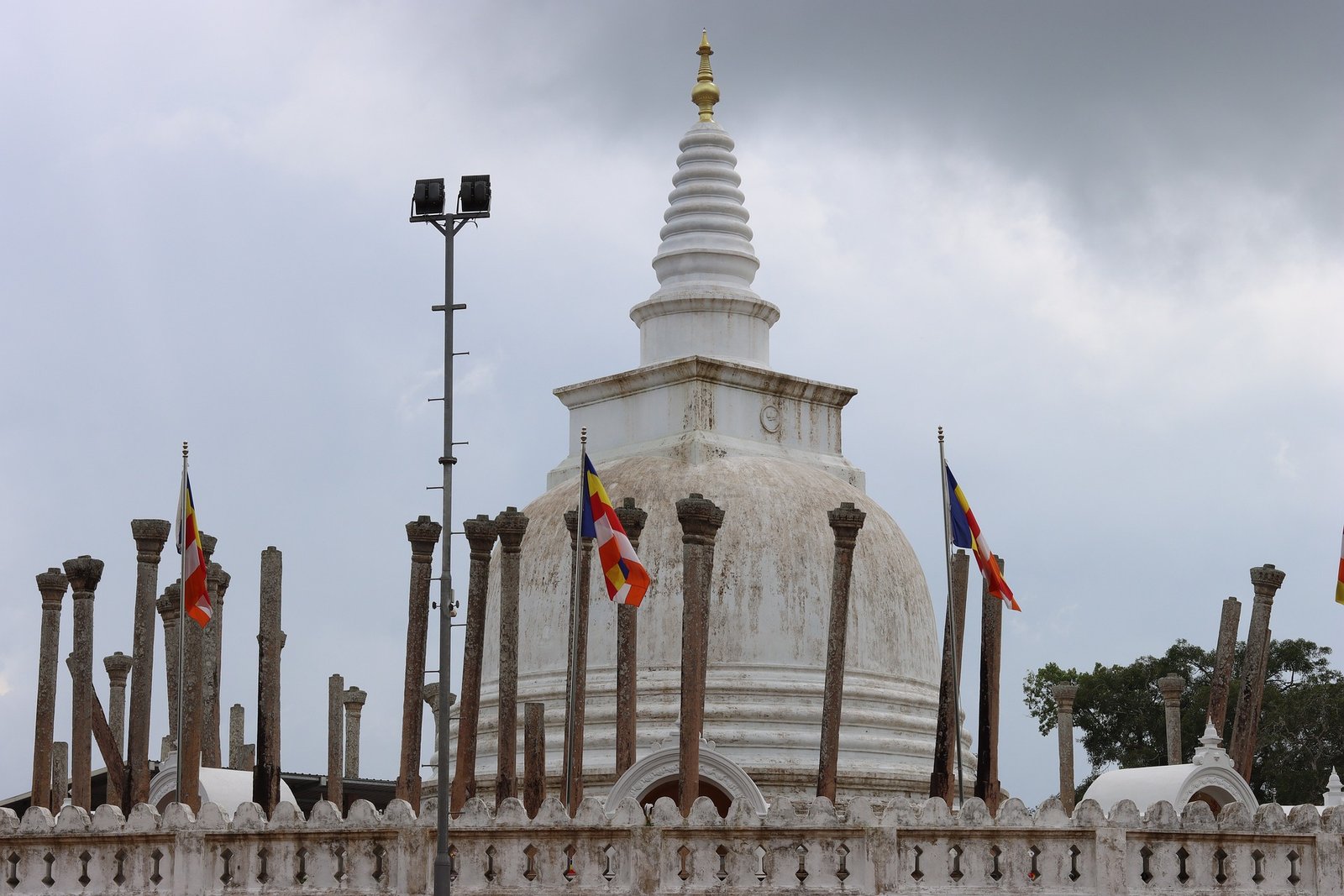Celebrating Sinhala and Tamil New Year in Sri Lanka
- Posted on
- 0 Comment
- By RuDaResi@2024
Sri Lanka’s Sinhala and Tamil New Year, known as “Aluth Avurudda,” is a vibrant and cherished cultural festival that unites communities across the island in joyous celebration. Falling in April, this auspicious occasion marks the end of the harvest season and the beginning of a new astrological year according to the traditional lunar calendar. It is a time of renewal, family gatherings, and cultural rituals that reflect the rich heritage of the Sinhalese and Tamil people.
Preparations for the New Year begin weeks in advance, with homes being cleaned and decorated, new clothes purchased, and special delicacies prepared. The atmosphere is filled with anticipation and excitement as communities come together to welcome the dawn of the New Year.
The New Year festivities commence with the “Nonagathe” ceremony, where the exact auspicious time for the transition to the New Year is determined based on astrological calculations. At this moment, families gather around a table adorned with traditional items symbolizing prosperity and abundance, such as ripe fruits, betel leaves, oil lamps, and a pot of boiling milk. As the auspicious time arrives, a ritualistic boiling-over of the milk symbolizes prosperity overflowing in the coming year.
One of the most anticipated aspects of Sinhala and Tamil New Year celebrations is the indulgence in traditional customs and rituals. These include the lighting of the hearth (‘hearth abode’) for the first time in the New Year, partaking in the traditional New Year sweetmeats such as “Kavum” and “Kokis,” and exchanging gifts and well wishes with loved ones.
Another highlight of the festivities is the lively outdoor games and sports that take place in villages and towns across the island. Traditional games like “Kotta pora” (pillow fighting), “Kana Mutti” (blindfolded pot breaking), and “Beehiver” (climbing the greased pole) bring communities together in friendly competition and merriment.
Throughout the New Year period, Sri Lanka resonates with the sounds of drumming, singing, and traditional music as cultural performances take center stage. Colorful processions featuring elaborately adorned elephants, traditional dancers, and musicians parade through streets, adding to the festive ambiance.
For the Tamil community, the New Year, known as “Puthandu,” holds special significance. It is a time for religious observances, family gatherings, and feasting. Special prayers are offered at temples, and traditional dishes like “Pongal” are prepared and shared among family and friends.
In essence, Sinhala and Tamil New Year in Sri Lanka is more than just a cultural event; it is a time-honored tradition that fosters unity, harmony, and goodwill among people of all backgrounds. It serves as a reminder of the island’s rich cultural tapestry and the importance of preserving and celebrating its diverse heritage for generations to come.



